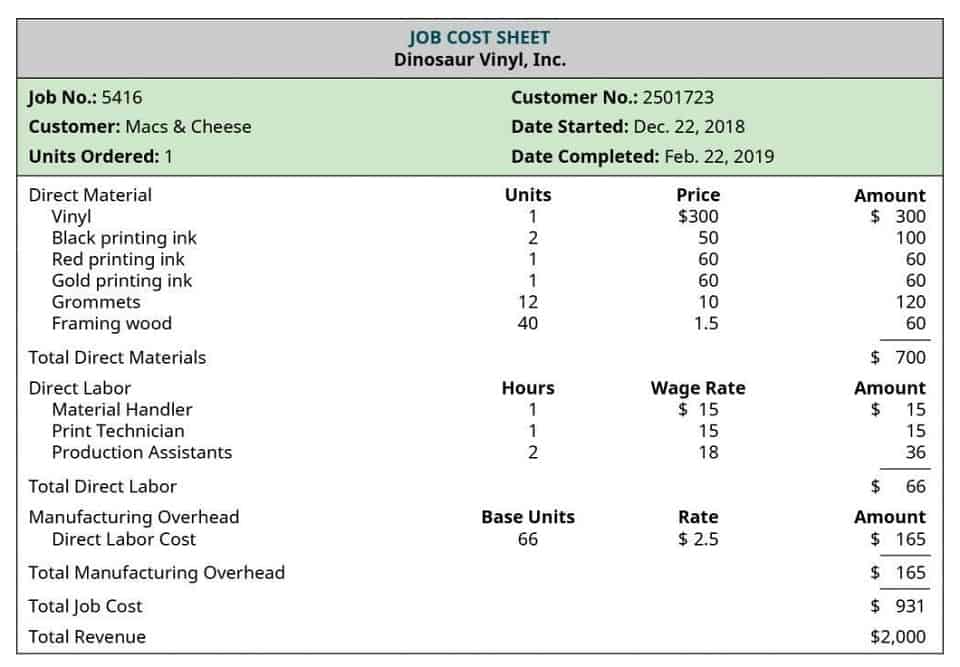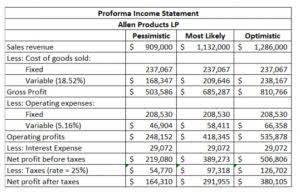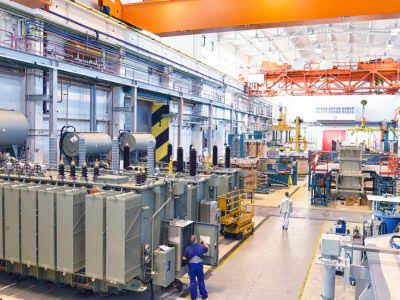
For example, straight-line depreciation divides an asset’s initial cost by its expected lifespan. Over time, plant asset definition buildings age and may lose value—a process called depreciation—which accountants spread across the years of use. They understand that good-looking and functional outdoor spaces often add value to real estate. Knowing when and how much to invest in improvements helps manage capital expenditures wisely. Depending on the industry and purpose of a company, a number of items might now qualify as plant assets.

Automate and error-proof your asset inspection process.

The company’s top management regularly monitors the plant assets to assess any deviations, discrepancies, or control requirements to avoid misuse of the plant assets and increase the utility. A plant asset is any asset that can be utilized to produce revenue for your company. Plant assets are goods that are considered long-term assets because of their high price or worth, even if the assets depreciate. It’s crucial to recognize which of your assets are plant assets, regardless of their worth. The goods you can include in this category are usually useful assets that help your business well.

Types of Plant Assets
The resources are sometimes owned by the company and sometimes borrowed by law firm chart of accounts external parties. On the other hand, the borrowed money is the liability or obligation for the business entity. Asset management benefits from accurate depreciation tracking, as it affects financial statements and tax filings. Different industries may choose different depreciation methods to match their usage patterns better. Once these items are used in production or other operations, they’re treated as plant assets on the books. Depending on the industry, plant assets may make up either a very substantial percentage of total assets, or they may make up only a small part.
- Depending on the industry and purpose of a company, a number of items might now qualify as plant assets.
- Because of the term’s roots during the Industrial Revolution when plants and factories were the most frequent mode of production for major companies at the time, plant assets are referred to as such.
- Ideally, fixed asset management improves the quality and useful life of equipment and ensures the best return on investment.
- Naturally, the initial purchase of the plant asset would be an outflow of cash, any subsequent sales would be a cash inflow.
- Smaller operations may benefit from a computerized maintenance management system (CMMS).
- What these assets all have in common, that also differentiates them from current assets, is that they are not going to turn into cash any time soon and their connection to revenue is indirect.
What is Plant Asset Management?
- Some fixed assets’ fair values can be extremely variable, needing revaluations as often as once a year.
- This means that we don’t reduce its value over time through depreciation.
- Depreciation expenditures, on the other hand, are the appropriate part of the cost of a company’s fixed assets for the time period.
- Depreciation is the wear and tear of the asset, which occurs due to its daily usage.
- The PP&E account is remeasured every reporting period, and, after accounting for historical cost and depreciation, is defined as book value.
By implementing a comprehensive contribution margin approach to managing physical assets, companies can significantly improve efficiency, productivity, and profitability. Proper asset identification, using methods such as asset tags or labels, is crucial for maintaining accurate records and facilitating efficient maintenance schedules. These assets, also known as plant assets, are tangible items directly involved in revenue generation and have a useful life of more than one year.

Our sales engineers are experts in automatic asset tracking, tagging and identification,a nd can answer all your questions. Moving beyond software and donated equipment leads us into exploring how vital these resources are within everyday business activities. Keeping detailed records is key for staying on track with financial rules and knowing how much your buildings are worth. Each of these types is classified as a depreciable asset since its value to the company and capacity to generate income diminishes during the asset’s useful life. Despite the fact that upgrades might be costly, they are nevertheless regarded an asset to a company since they constitute an additional investment in ensuring the company’s success. This is crucial to consider when buying land for a business since it might mean the difference between a long-term profit or loss.


